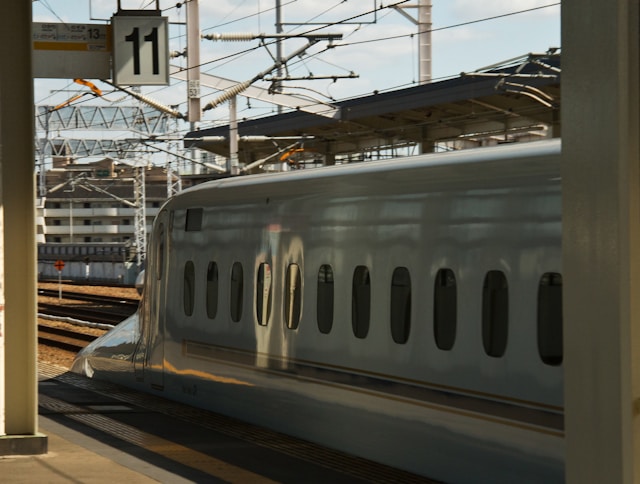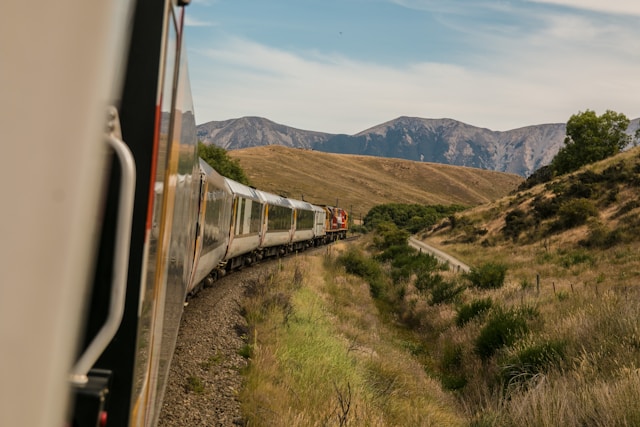Train and light rail accidents, while less frequent than car accidents, can have devastating consequences due to the size, weight, and speed of the vehicles involved. While many of these accidents are preventable, they often result from a combination of human error, technical failure, and external factors. If you have been in an accident with a light rail or train, you should speak to a Springfield train accident lawyer to obtain financial compensation. In this article, we’ll explore the most common causes of train accidents and how these issues can be mitigated to improve safety.
Human Error
One of the leading causes of train accidents is human error, often stemming from a lack of communication, fatigue, or inadequate training. Train operators may make critical mistakes due to distractions or failure to adhere to proper safety protocols. Examples include failing to slow down in dangerous zones, not adhering to signals or miscalculating distances. Additionally, errors in communication between conductors and dispatchers can lead to train collisions. In some cases, a miscommunication about a train’s location or speed can result in two trains being on the same track at the same time.
Regular training, implementing strict schedules for operators to prevent fatigue, and investing in better communication technology can greatly reduce the risks associated with human error. Automated systems like Positive Train Control (PTC), which automatically reduces train speed when necessary, are becoming more common and further prevent human error from leading to accidents.

Mechanical Failures
Trains, like any other mode of transport, rely on a complex network of mechanical components. Failure in any system, such as brakes, coupling devices, or signaling systems, can lead to accidents. A common example of mechanical failure is brake malfunction. If the braking system fails, trains may not be able to stop in time to avoid an obstacle, leading to derailments or collisions. Defects in the track infrastructure itself can also cause accidents; for instance, broken rails or poorly maintained tracks can lead to derailment.
Routine maintenance and inspection of trains and tracks can prevent mechanical issues from escalating into dangerous situations. Upgrading aging infrastructure and ensuring compliance with safety regulations are also crucial steps.
Weather Conditions
Adverse weather conditions, such as heavy rain, fog, snow, or ice, can create dangerous situations for trains. Wet tracks can increase stopping distances, while snow and ice may cause trains to derail or malfunction. Fog or heavy rain can limit visibility, making it difficult for operators to see signals or obstacles on the tracks. In extreme cases, weather events like flooding can wash away sections of tracks or bridges, causing catastrophic accidents.
Weather monitoring systems and more robust rail designs that can withstand extreme weather conditions are vital. In high-risk weather scenarios, operators should follow guidelines that reduce train speeds or delay operations until conditions improve.
Track and Infrastructure Defects
Train tracks and the surrounding infrastructure are critical to the safe operation of both trains and light rails. Defects such as broken rails, loose fastenings, or misaligned tracks can lead to derailments. Bridges, tunnels, and crossings also play a significant role in train safety, and any failure in these structures can result in accidents.
Level crossings, where train tracks intersect with roads, are particularly dangerous, as both drivers and trains need to be aware of the potential for accidents. Misfunctioning crossing gates, a lack of signals, or obstructed views can lead to devastating collisions between trains and vehicles.
Regular inspections and prompt maintenance of tracks and infrastructure are essential to prevent accidents. Investing in better crossing systems with enhanced visibility and warning systems can also reduce risks at dangerous intersections.
Signal Failures
Rail systems depend heavily on signals to control train movements and prevent collisions. If a signal is misinterpreted or malfunctions, two trains could end up on the same track or fail to stop when necessary, leading to accidents. In some cases, outdated signaling technology or lack of investment in signal upgrades can create vulnerabilities in the system, leading to dangerous scenarios.
Investing in modern signaling technologies like Positive Train Control (PTC) systems can greatly reduce the chance of signal failure causing an accident. These systems use GPS, wireless communications, and onboard computers to monitor train movements and can intervene if a train is speeding or heading toward danger.
Collisions with Vehicles
Trains and light rail systems often intersect with roadways, creating potential collision points with vehicles. Accidents at railroad crossings are a significant cause of train-related incidents, particularly when drivers ignore signals or try to beat the train across the tracks. In some cases, obstacles like stalled vehicles or pedestrians can create hazardous situations that result in collisions or derailments.
Enhancing the safety of level crossings with better barriers, lighting, and warning systems can significantly reduce the risk of vehicle-train collisions. Public education campaigns can also help remind drivers and pedestrians of the dangers at railroad crossings.
Intentional Acts and Vandalism
Unfortunately, intentional acts such as vandalism, sabotage, or even terrorism can result in train accidents. Deliberate acts like placing obstacles on the tracks or tampering with rail infrastructure can lead to derailments or collisions.
Rail companies and governments must invest in security measures such as surveillance, fencing, and patrolling to deter these dangerous acts. Public awareness campaigns can also help to report suspicious activity near rail systems.



